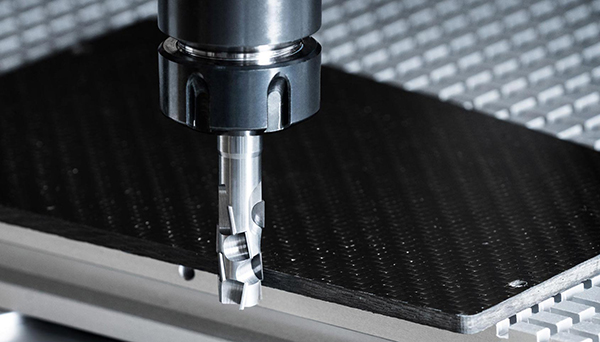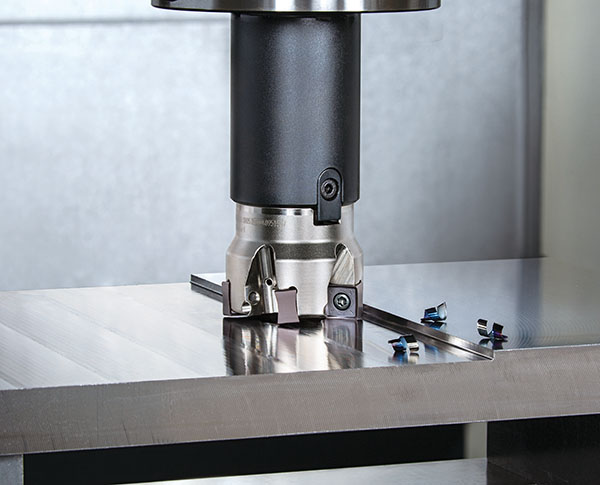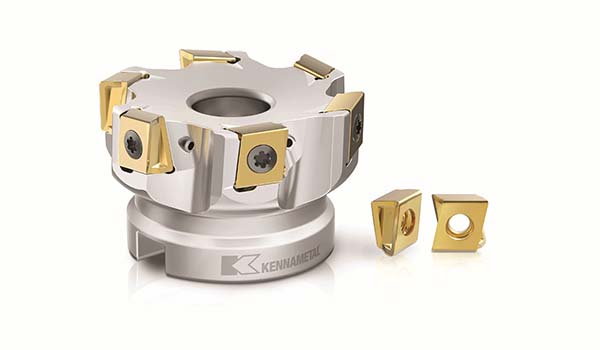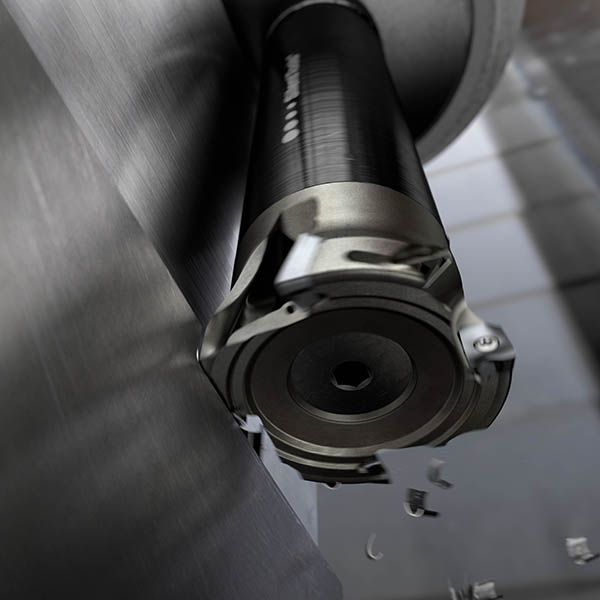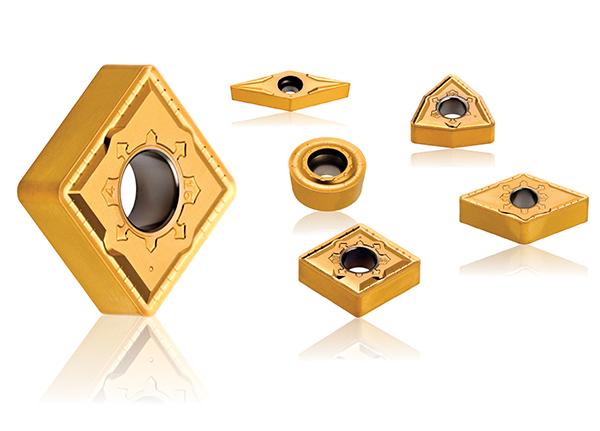The range of Guhring cutting tools for the machining of composite materials has been expanded with the innovations in a newly published brochure titled ‘High Performance Tools for Machining Modern Composite Materials’.

Available to download from the Guhring UK website or local representative, the 24-page publication includes the latest solid carbide and PCD drills, as well as end mills, taps, slot drills, and PCD compression milling cutters. The Guhring range has been specially adapted to the respective structures of composite materials to ensure optimum chip evacuation, as well as uniform hole diameters across all material types.
Guhring’s latest catalogue introduces new and extended product ranges that include solid-carbide stub drills and Kevlar drills from 2.5 to 10 mm, CR100 and FR100 geometry end mills for CFRP/GFRP, ISO metric machine taps, and 90° and 120° multi re-grindable PCD drills. Additional products include two, three and four cutting edge PCD slot drills and end mills with through-coolant. These tools are available in a variety of shank forms, tolerances, surface finishes, coatings, helix and rake angles, and cutting edges.
Diamond coating is a critical feature for optimising performance when cutting FRP. The Guhring diamond coating is called Cristal, and this is applied in-house to optimise performance, consistency and tool longevity for the end user.
Among the challenges of developing cutting tools for the composite industry are quality characteristics that are important for metallic cutting, but also the fraying of fibres, delamination, burr and thermal damage prevention during machining,
and the splintering of fibres. Guhring has invested significantly in its R&D efforts
to overcome these difficulties.
For further information www.guhring.co.uk






